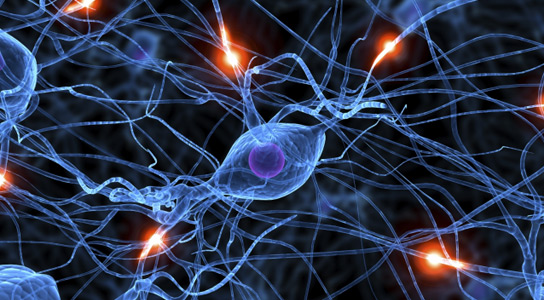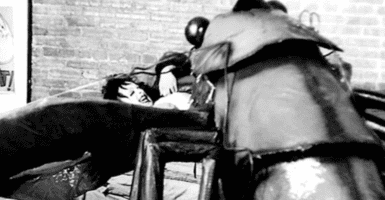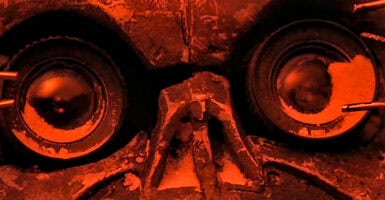Electronic Brain Stimulation Awakens Patients In A Vegetative State
This article is more than 2 years old
 Remember the movie (or book) Awakenings, in which Robin Williams plays a doctor who injects catatonic patients (including Robert De Niro) with a drug that suddenly brings them to life? It was based on a real-life story about a British neurologist who had some short-lived success with patients in a hospital in the Bronx. Researchers in Belgium and the UK recently performed a study that reminded me a bit of the one in Awakenings, but instead of injecting patients with a medication, scientists performed something called electric brain stimulation, which succeeded in temporarily allowing minimally conscious and vegetative patients to communicate.
Remember the movie (or book) Awakenings, in which Robin Williams plays a doctor who injects catatonic patients (including Robert De Niro) with a drug that suddenly brings them to life? It was based on a real-life story about a British neurologist who had some short-lived success with patients in a hospital in the Bronx. Researchers in Belgium and the UK recently performed a study that reminded me a bit of the one in Awakenings, but instead of injecting patients with a medication, scientists performed something called electric brain stimulation, which succeeded in temporarily allowing minimally conscious and vegetative patients to communicate.
All of the 55 patients had experienced severe brain trauma or a lack of oxygen in the brain. Some were in a vegetative state, which means they’re not in a coma, as their bodies can respond to stimuli, but they have no awareness of themselves or their surroundings. Others were minimally conscious, which means they exhibit sporadic and fleeting signs of awareness, but have no ability to interact or communicate. The scientists divided the patients into two groups, one of which received a fake treatment and the other of which received transcranial direct current stimulation.
Scientists attached electrodes over the patients’ left dorsolateral prefrontal cortex, which is the part of the brain that helps with awareness and decision-making. Then, they delivered 20 minutes of mild electrical stimulation designed to help prompt neurons into firing. The next day, they switched the two groups and gave the treatment to the group that hadn’t received it the day before.

Two patients in vegetative states and 13 minimally conscious patients demonstrated awareness that they hadn’t before the treatment, or while in the group receiving the fake treatment. The changes weren’t nearly as drastic as in Awakenings — the people didn’t spring up out of their chairs or start singing and dancing. Still, two of the minimally conscious patients became, for about two hours, both conscious and communicative — they could answer questions by nodding or moving their eyes. The other 13 could listen and process simple commands to nod or move their hands or fingers.
While researchers are cautious about giving people false hope, the study does show that the brain can regain some level of functionality, even when the brain damage was sustained a long time ago. Until now, the going theory had been that if someone’s brain function doesn’t improve within a year, it will never improve, so this study will challenge some accepted paradigms about the way the brain works (or doesn’t). Some of the patients were injured only weeks before the research, while others had been in a minimally conscious or vegetative state for a number of years.
They’re not entirely sure why or how the treatment works, but researchers suspect that the electronic stimulation jumpstarts brain activity that had been suppressed. Even that is noteworthy — suppressed is different from nonexistent, so it may be the case that some brain processes are essentially dormant, rather than dead. The results are forthcoming in New Scientist, and will undoubtedly be pursued by many researchers who seek to treat the 5 million people in the U.S. who have sustained some kind of permanent brain injury. Despite having made some pretty awful movies recently, Robert De Niro is not among them.












